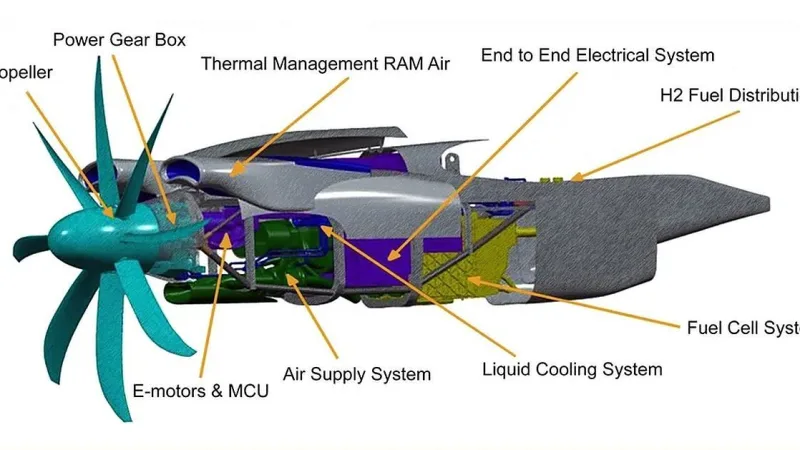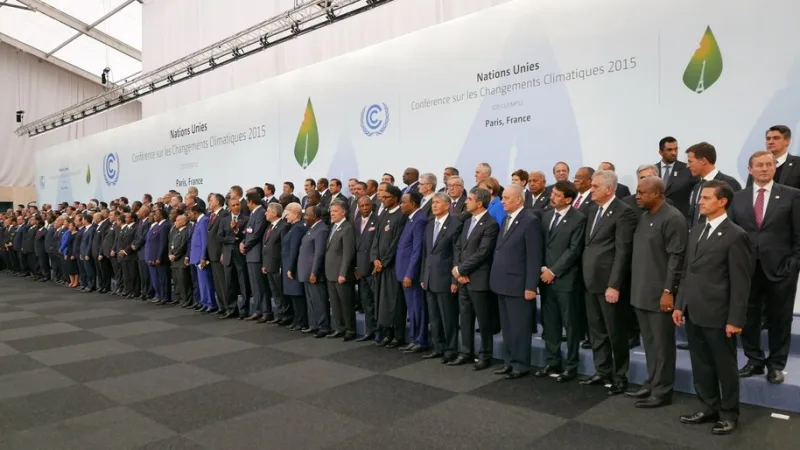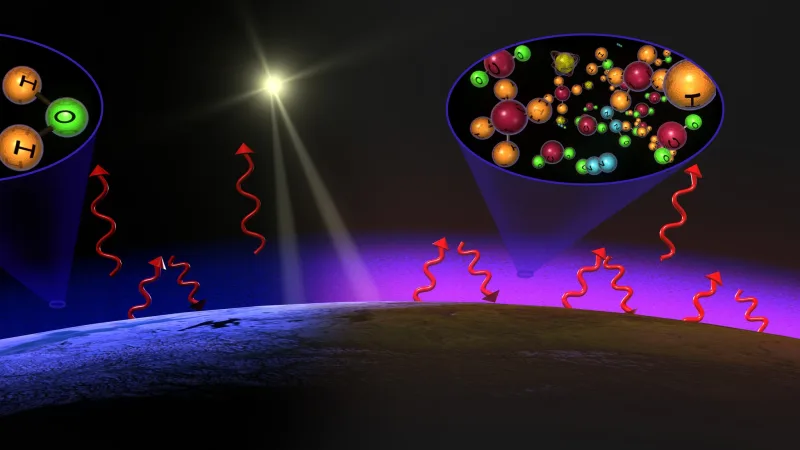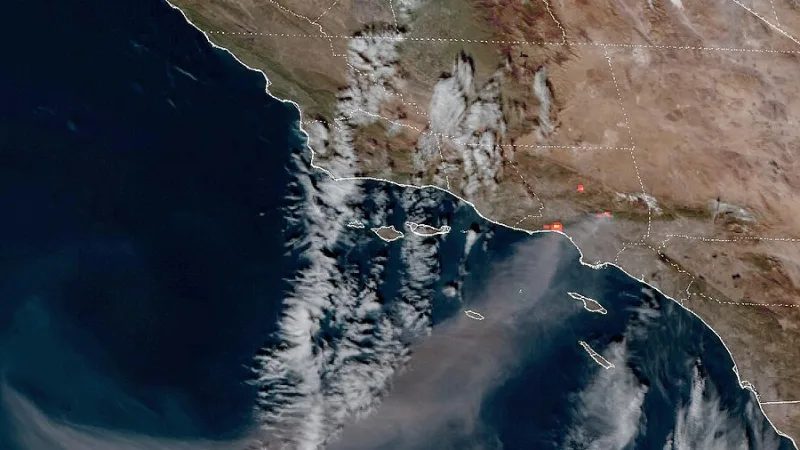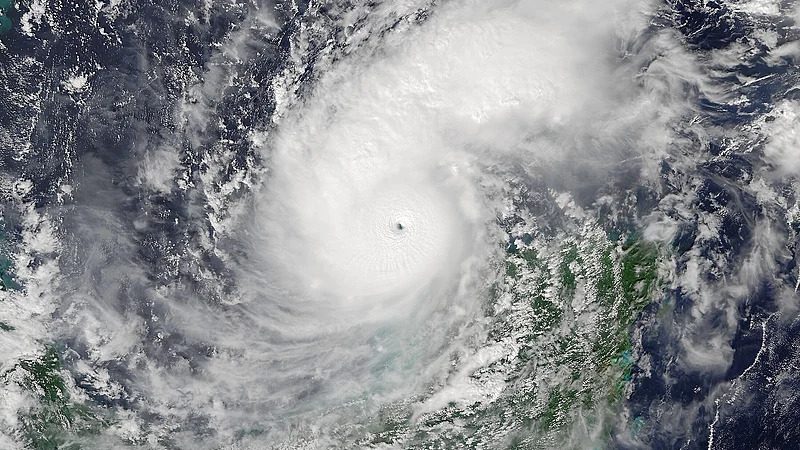Humanity’s Impact on Planetary Boundaries: Crossing 6 of the 9 Limits
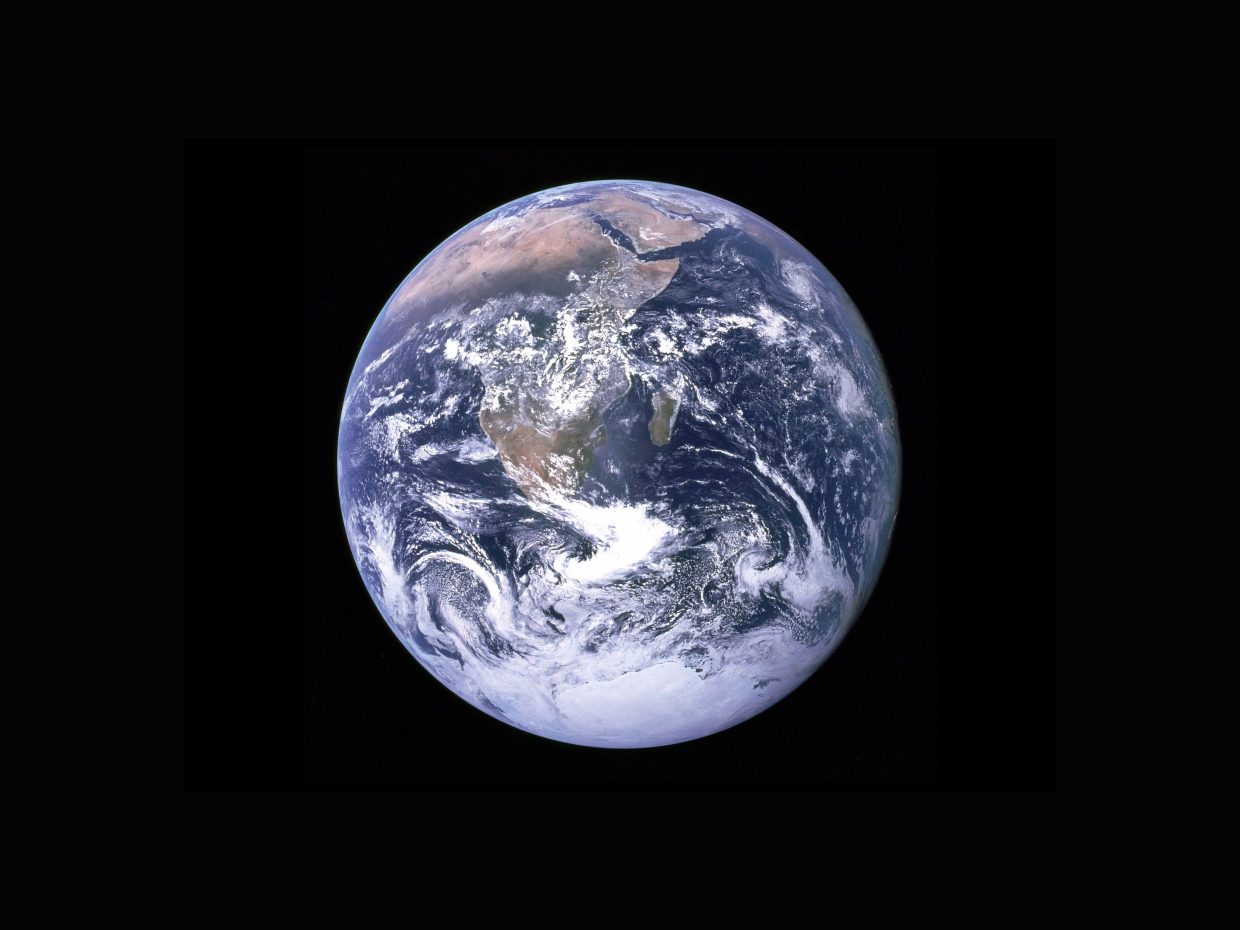
Human activity has pushed the Earth beyond its limits in multiple ways, posing a threat to the societies we have built, according to a recent study. The research focuses on the “planetary boundaries,” which were first introduced in 2009 to outline the limits within which Earth’s environment can sustain human life. These boundaries were established based on the preindustrial era of the Holocene epoch, which lasted for approximately 10,000 years until the industrial revolution introduced the burning of fossil fuels and the emission of greenhouse gases. The study evaluates the potential consequences of exceeding these boundaries and emphasizes the need for corrective actions.
Interconnected Factors Affecting Earth’s Habitability
The planetary boundaries model considers various interconnected factors that affect Earth’s habitability. While carbon dioxide levels are included, factors like biodiversity loss, chemical pollution, land use changes, and nitrogen and phosphorus levels are also taken into account. It is important to note that these boundaries are not isolated from one another; changes in one area can have cascading effects on others. However, the challenge lies in explaining these complex interactions to the general public.
Quantifying the Nine Planetary Boundaries
The recent study is significant in that it quantifies all nine planetary boundaries, unlike previous research. This quantitative approach provides a clearer understanding of where we stand in relation to these boundaries. Despite some fine-tuning of the boundaries’ details, the overall conclusion remains the same: we are living on a planet that is drastically different from what previous generations experienced.
Concerning Findings and Urgent Climate Change Action
The evaluation of the nine boundaries reveals several concerning findings. One of the most problematic areas is the release of phosphorus and nitrogen into the environment through widespread use in fertilizers, leading to detrimental algal blooms. Chemical pollution exceeds the calculated boundary limits. In terms of climate change, the analysis considers atmospheric carbon dioxide concentration, which has reached 417 parts per million (ppm), surpassing the safe limit of 350 ppm set in 1987. The study also explores radiative forcing, which indicates an imbalance in energy on the planet. Both carbon dioxide levels and radiative forcing are beyond the recommended boundaries, underscoring the urgency of addressing climate change.
While climate change usually dominates discussions on Earth’s future, the study emphasizes the equal importance of maintaining the integrity of living ecosystems. It examines genetic diversity and functional integrity as factors related to biosphere integrity, finding that the current extinction rate is approximately 100 times the background rate. Human activities have also significantly altered primary production, with 30 percent now used for human purposes compared to the preindustrial level of 2 percent.
Assessing Planetary Boundaries
The presence of artificial chemicals, such as plastics and PFASs, exceeds the safe boundary. Forest loss has reduced the once forested land by 40 percent, while the safe limit is considered at 25 percent due to forests’ role in regulating the climate. The assessment of freshwater use now includes both surface and accessible water, highlighting the incorrect side of the boundary.
On a positive note, three categories have not exceeded their boundaries: ocean acidification, atmospheric aerosol loading, and ozone depletion (where progress has been made through international agreements).
The concept of planetary boundaries is seen as a valuable tool to gauge the impact of human activities on the Earth. It offers a simplified way of understanding the resources we consume. However, some argue that more action is needed to address the complexity of the challenges we face. Moving from identifying problems to implementing solutions is crucial. Scientists and policymakers must collaborate to develop attractive and useful solutions that appeal to a wider audience, promoting sustainable practices for the benefit of all.

